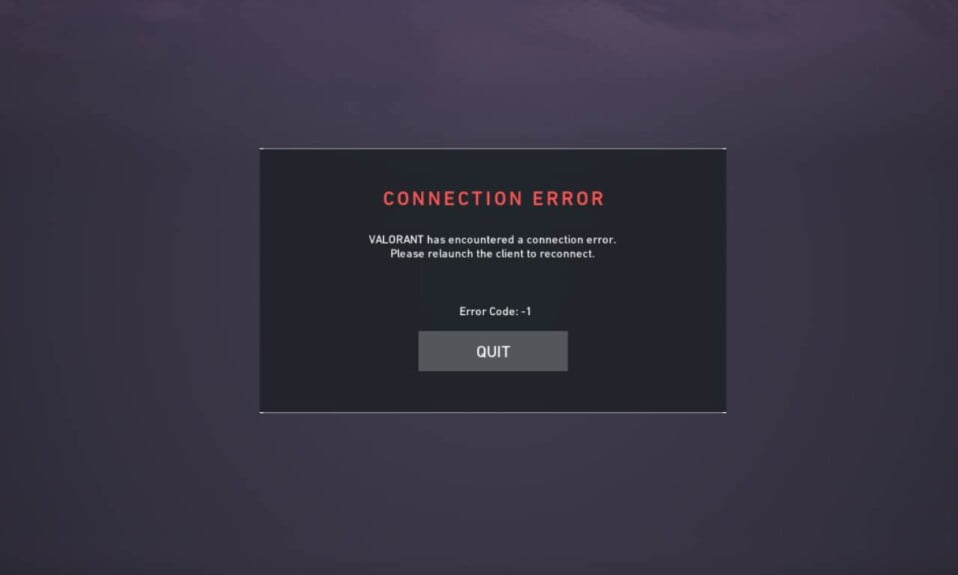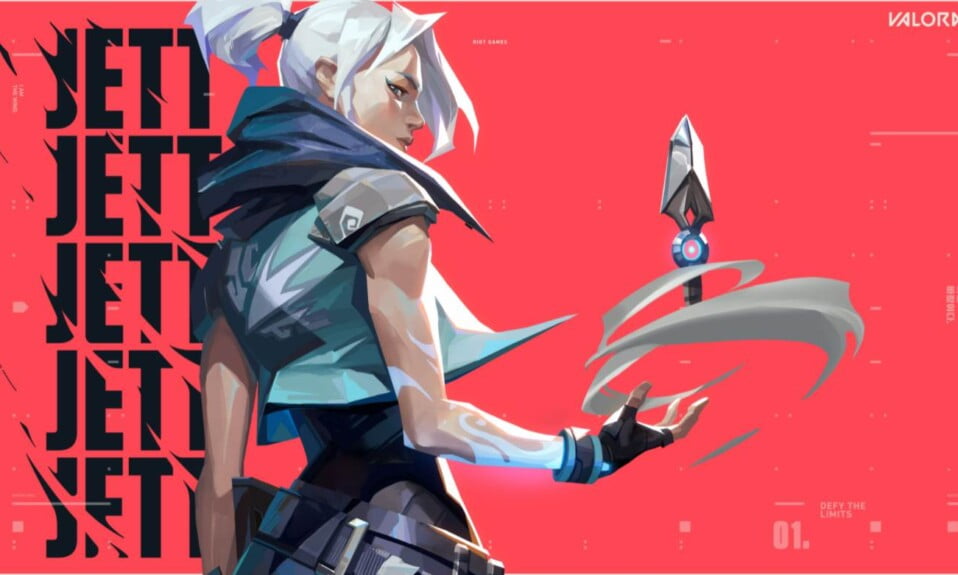If you enjoy first-person shooter (FPS) multiplayer games and have a healthy dose of competitive spirit, Valorant’s ranked mode is where you should be spending your time. When it first came out, Riot Game’s 5v5 first-person shooter had everything a gamer could want. But many players are confused about how the Valorant ranking system works, and we will explain everything we know in the most detailed way possible.
You’ve finally achieved mastery with your go-to Agents. We can finally judge the true elite of the neighborhood. Compete with others in your area to see who has the best skills and work your way to the top of the regional leaderboards. If you’re up for the challenge, you can earn some serious bragging rights.
However, before you dive headfirst into a competitive match, it’s a good idea to familiarise yourself with the ranking system. Read on to learn about Valorant’s ranking system, how to rise through the ranks, and how Acts factor into your overall ranking.

How Valorant Ranking System Works – Overview
When first starting out in Valorant, the ranking system can be a bit difficult to understand. With a few key differences, the system is similar to other multi-player ranking systems, but it is exclusive to Riot Games.
To begin, you cannot enter competitive or ranked mode at will. To access the game’s competitive mode, you must first play 10 matches in the game’s unrated mode. At the time of its release, all that was required to access this new mode was 20 unrated matches. Trolls and smurfs flooded the matched competitions, causing a plethora of issues, because completing games is easier than completing matches.
Riot Games “upped” the unlocking requirements in the form of match wins in response to potentially problematic players. It’s not ideal, but finishing matches takes more time and effort than just jumping into a few easy ones.
After you have won 10 unrated matches, you must play in five placement matches. A player’s starting position in the game’s ranking system is determined by their performance in placement matches.
Don’t worry so much about where you’ll be placed at this point. Not only will your performance in the game be considered, but also whether or not you win or lose a placement match. Valorant also considers your 10 prior unrated victories when assigning your overall rating.
The ranking system doesn’t work that way, so it’s tempting to play as many games as you can to “grind” your way to the top of the leaderboards. The emphasis in the game is on “wins,” but they also consider how you win and the abilities you demonstrated in your matches. It’s all about quality, not quantity if you want to move up Valorant’s ranking system.
Ranks and Tiers

In Valorant, there are 8 ranks or divisions in the ranking system. Here are they:
- Iron
- Bronze
- Silver
- Gold
- Platinum
- Diamond
- Immortal
- Radiant (previously called Valorant)
Each of the first six levels (ranks) consists of three levels (sub-ranks) that must be completed before moving on to the next level. Immortal and Radiant, the two highest ranks, have one tier each. If you don’t count “Unranked,” Valorant has 20 ranks.
Most players begin at Iron tier, but their performance in placement matches determines whether or not they advance. The most exceptional players, for instance, might be placed directly into the Bronze 2 tier.
During matches in Competitive mode, you can skip levels to gain an advantage over your opponents. It’s all about your matchmaking rating (MMR), your performance, and your kills (frags) in a game. If you want to advance in the ranks, consistency is essential. If you go on a winning streak and earn MVP honours, it could help you rise through the ranks more quickly.
If you put in the time and effort and win enough matches, you can climb the leaderboards. Only the most accomplished Valorants are eligible for the top two ranks. Only 500 players in each region will reach the Radiant tier, and only the top 1% will earn the Immortal tier.
Ranking Decay
Some MMOs use a “ranking decay” system to keep players coming back for more. In other games, a player’s rank drops after a certain amount of time if they don’t play.
Unlike other games, Valorant does not degrade your rank if you take a break from playing. A player’s rank can be restored through a placement game, but only if they have not been absent for an extended period of time. When returning to competitive play after a long break, the placement game can give you an idea of your current skill level and whether or not you can maintain your previous rank.
It makes sense from a business perspective, given the level of competition. Whenever possible, Riot Games will try to match you with opponents of similar skill. Returning to regular life can be easier if you play a placement game first. You wouldn’t want to go back into competition mode and feel completely out of your depth, would you?
Regional Leaderboards

Want to know how you compare to other players in your region?
Episode 2 of Valorant added a new competitive feature, regional leaderboards. Your personal information, such as your Riot ID and player card, is displayed alongside your rank and rating on the leaderboards. Your personal information can be changed to read “Secret Agent” if you’d like to remain somewhat anonymous during competitions.
As soon as you start competitive mode, you won’t be able to check your standing on the regional leaderboards. You should get in at least fifty games of competition before proceeding. Your standing on the leaderboard requires consistent effort, including at least one weekly competitive game.
As was previously mentioned, your rank will not decrease if you disappear for a couple of weeks, but you also won’t show up on the leaderboard.
Checking Match History

As you advance in the ranks, gaining insight into your previous games can help you identify what you’re doing right and where everything is going wrong. For instructions on how to access your match history, see below:
- Launch Valorant and go to the main Dashboard.
- Now click on the Career tab.
- Check the information of your last 10 matches.
Along with kills, spike plants, assists, and first bloods, you’ll be able to see stats like wins and losses. If you enjoy playing a little meta, this information is essential for comprehending and improving your match performance.
In addition, you can check out how other players did during the same match. Just pick a game and look over the details.
Match Making Rating (MMR)
One of the most significant figures that you’ll never see in competitive mode is your Match Making Rating, or MMR. In competitive mode, it determines how you are matched to other players. Your MMR is the rung on the ladder you would be on if you could visualise one.
No two players will ever occupy the same rung or position on the ladder, according to Riot Games. Whether you climb the MMR ladder or get “pushed down by others” depends on each match. However, it is merely a rating that is independent of your RR or Rank Rating and aids the game in placing you with other players of a comparable level.
Rank Rating (RR)
The number of points you receive following each competitive game is your Rank Rating. Wins in competitions and your overall performance in the match, particularly in lower tiers, determine how many RR points you receive.
You need to accumulate 100 RR points in order to move on to the next tier. The distribution of points varies from game to game, but generally speaking, it looks like this:
- Wins: 10 – 50 RR, 5+ RR for Diamond ranks and above
- Losses: Minus 0 – 30 RR, 50 RR max drop for Diamond ranks and above
- Draws: 20 RR (depends on performance) for ranks Iron to Diamond
However, if you don’t earn any RR points during the game, you risk being demoted to the lower tier. You won’t drop below 80 RR for the newly demoted rank if you are protected from being demoted by Valorant’s “demotion protection” feature.
The good news is that you can return to your previous rank in just 20 RR, but the bad news is that you were initially demoted.
Match Making Rating (MMR) Vs. Rank Rating (RR)
In Valorant, your MMR and RR are two different scoring systems. One aids in the game’s ability to pair you up with compatible opponents, while the other establishes your competitive performance rank.
Here’s where things become a little disconcerting:
Riot Games works hard to find the best matches for your skill set, but they can only guess how well you’d do. Your Match Making Rating is that “idea.” Players are placed at the low end of their estimated rank for creating matches to test you based on both your MMR and RR.
If you “pass” the test or consistently succeed, you’ll move up the ladder of success and be paired with other players who share your level of skill. Additionally, you’ll notice a change in your RR points.
You will score more points for victories than losses, and vice versa. With all those extra RR points, you’ll be better prepared to climb to the top of the system’s estimation of your rank.
Riot Games eventually wants all players’ MMR and RR scores to “converge” in that direction. Your MMR should enable you to demonstrate that you are deserving of that rank while your RR should accurately reflect your performance level.
Well, that’s all we have here about how the Valorant ranking system works. We hope this guide helped you. If you liked this, make sure to check out how you can fix VAN 1067 error code in Valorant.





